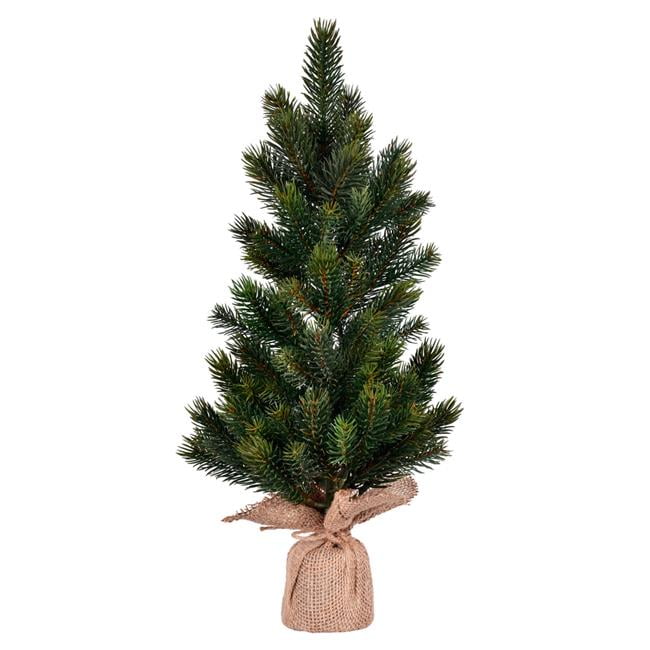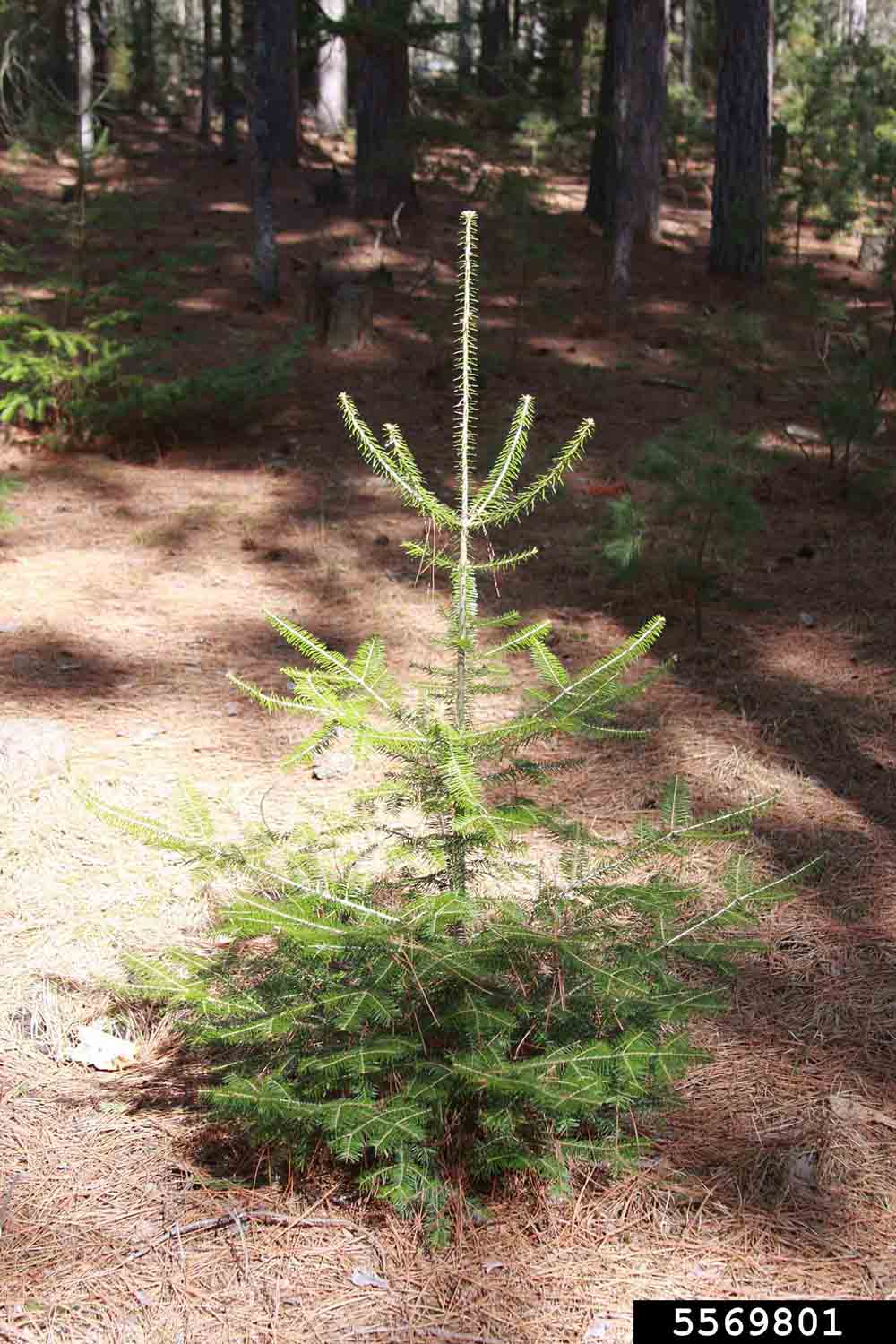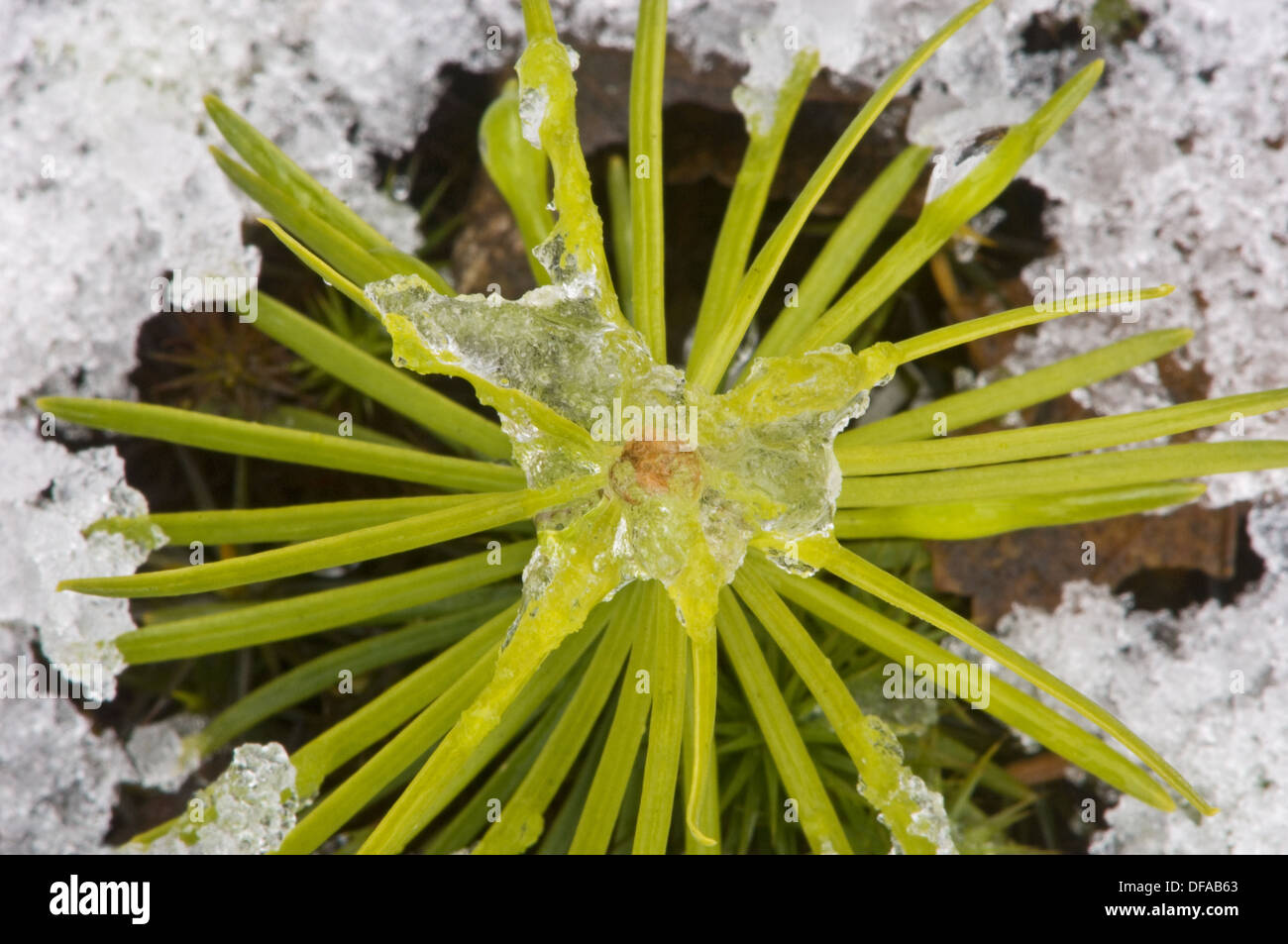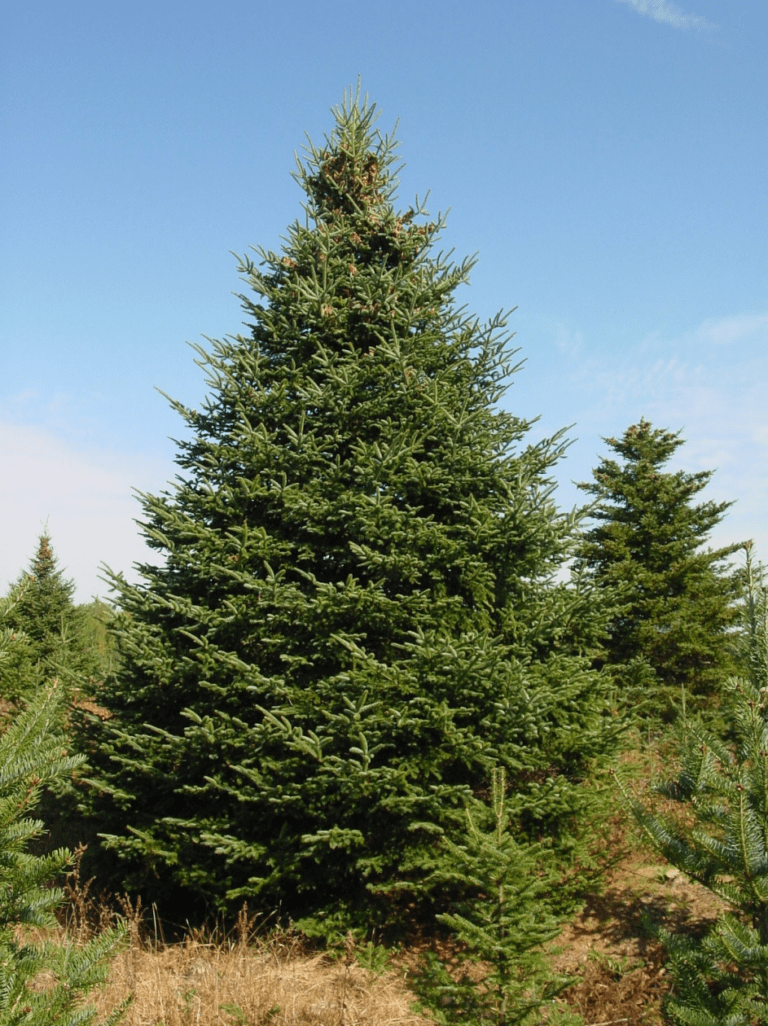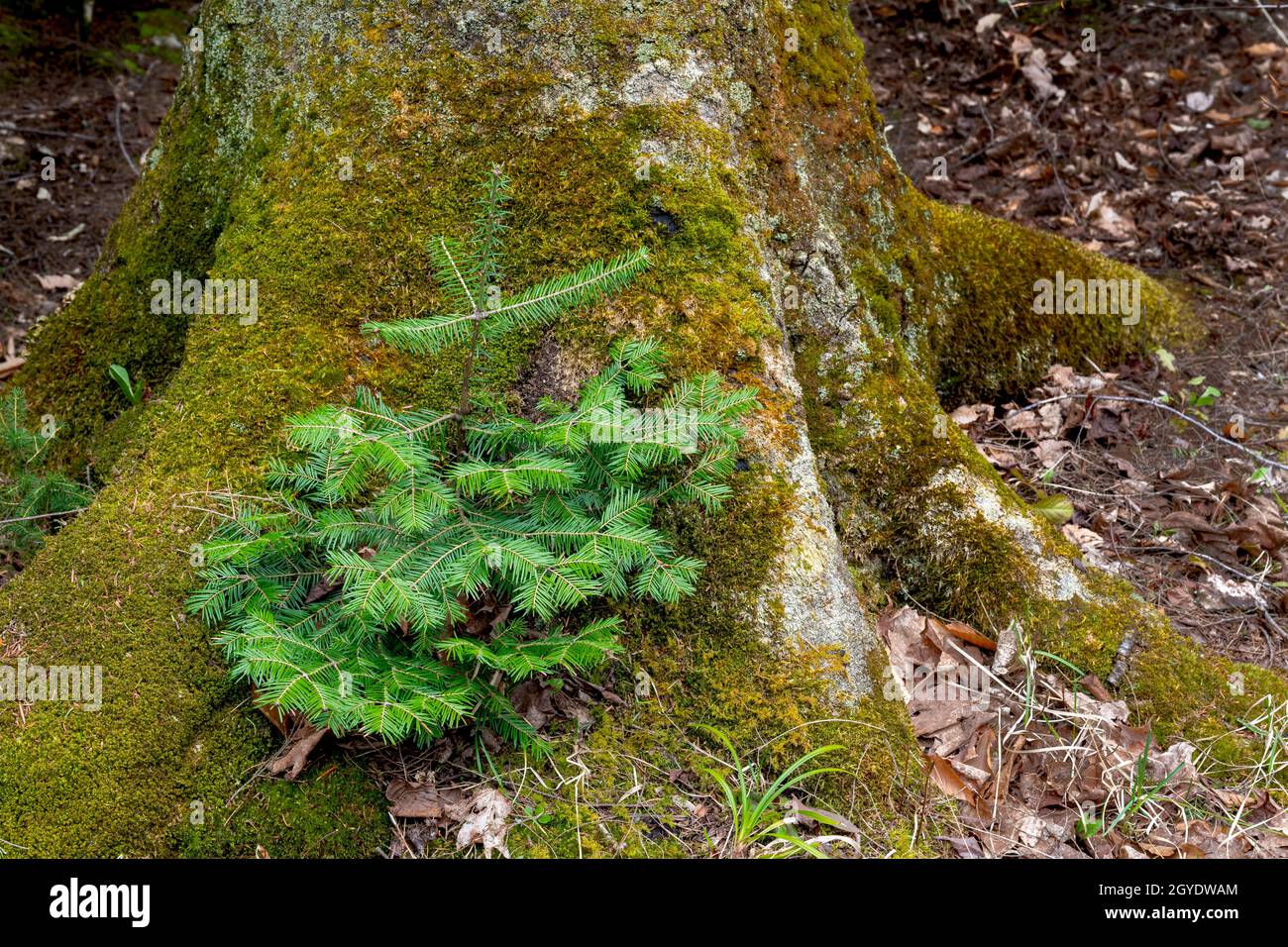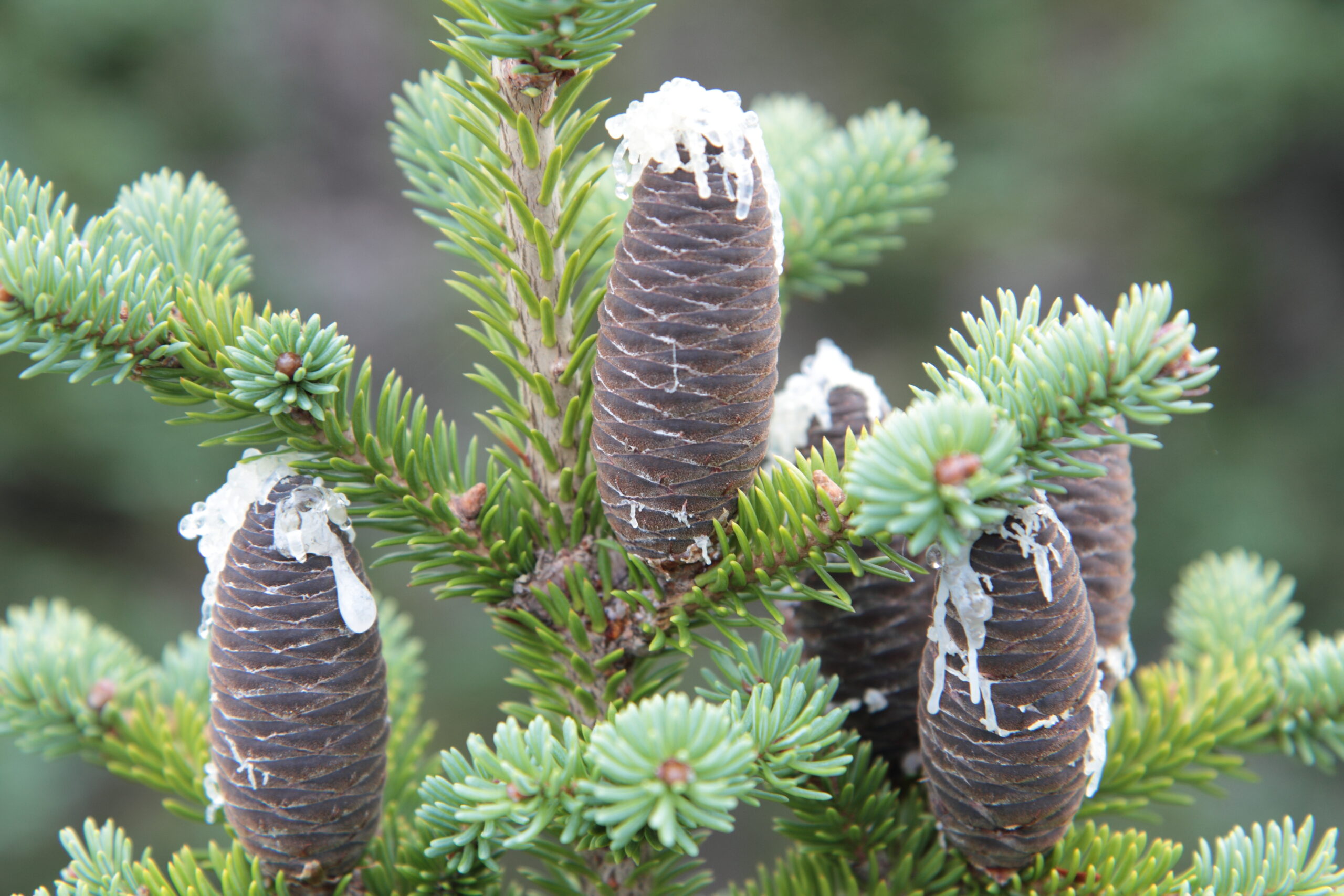First Class Info About Balsam Fir Sapling

The clustering of black spruce regeneration relied on black spruce seedling and sapling densities of all 71 sites.
Balsam fir sapling. The role of biotic interactions was investigated here to explain observed growth differences in balsam fir saplings growing at a northern ecotone of the boreal. Balsam fir sapling mortality was positively related to preharvest overstory basal area but not with preharvest sapling density and seedling density. Similarly, clustering of balsam fir regeneration also.
We grow over 500,000 balsam fir and fraser fir seedlings every year for our local customers. We predicted that (a) browsing on balsam fir increases with deer density, (b) growth and survival of balsam fir seedlings is hence negatively affected at a higher. Given ideal conditions, balsam fir trees (abies balsamea) grow about a foot (0.5 m.) a year.
We predicted that (a) browsing on balsam fir increases with deer density, (b) growth and survival of balsam fir seedlings is hence negatively affected at a higher. At such relatively at present, we do not know whether the increased inclusive low deer density, balsam fir may be tolerant to browsing in terms resistance of balsam fir to deer. Distribution data from usgs (1999).
Since balsam fir is more shade‐tolerant than is black spruce, the increase in stand density and subsequent decrease in understory light would explain negative. A 30mm and a 50mm containerized. Balsamea has a wide ecological amplitude.
They quickly become the evenly shaped, dense, conical trees that we.

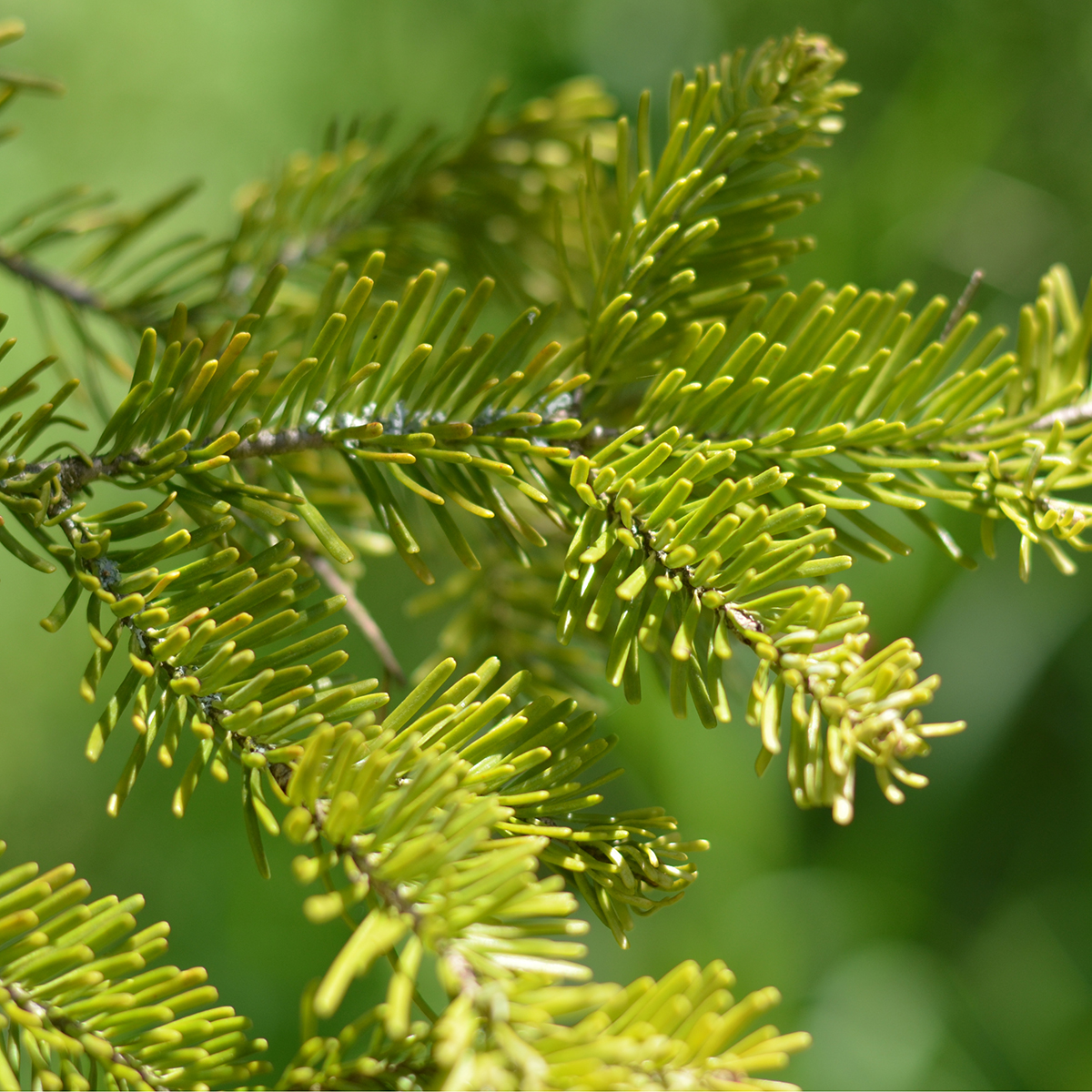




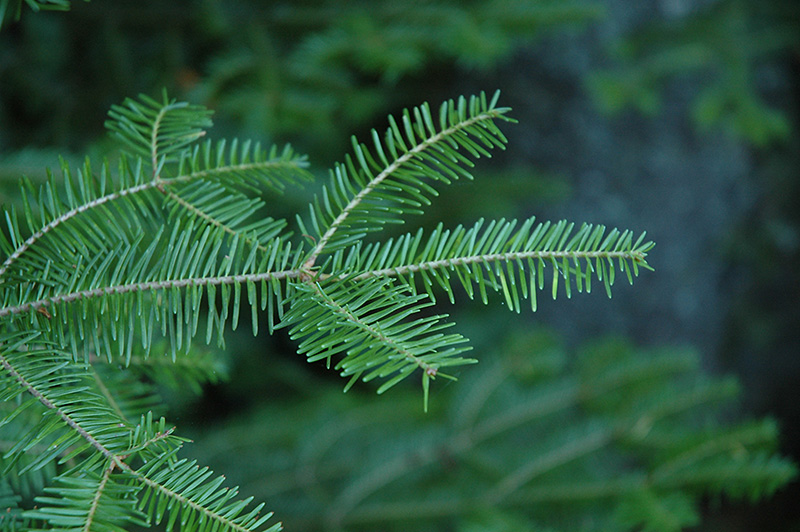


:max_bytes(150000):strip_icc()/balsam-fir-care-guide-5199198-hero-8f674aa2717d4ebe98851ead4d0a3e84.jpg)
